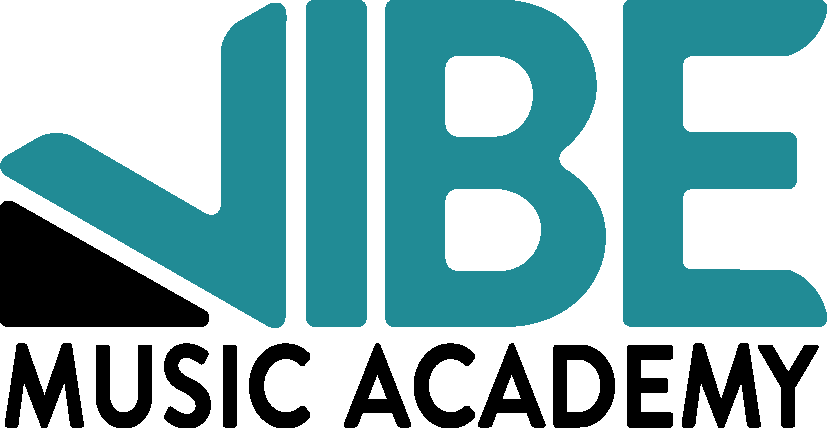Every musician carries more than just sheet music—their bag tells the story of how they practice, perform, and prepare. Being organized is a very important skill, and this is no different when it comes to musicianship. Read on to learn some tips and tricks for staying tidy and being prepared!
As a performer and a teacher, I’ve had quite a bit of experience with packing a bag for my day. I’ve also seen quite a few student bags that are both great examples and terrible examples of how get set up for success. Below, I’ll share with you what I do along with what I’ve seen others do that both help and hinder success.
Essentials
Music. The major necessity to have is one’s music. Now, this looks different for each musician. I use an iPad, so I make certain I’ve got that with me along with a charger just in case. In the past, I’d use a binder with page protectors so my music would last longer. Unfortunately, the page protectors did make it harder to write notes on my music—something to keep in mind if you decide to go this route.
Instrument accessories (reeds, tuners, picks, rosin, neck strap, etc.). When I was playing clarinet more often, I would ensure I’d have plenty of reeds, cork grease, and things like that in either my instrument case or my bag. I’ll make sure I’ve got my organ shoes if that’s the instrument I’m playing. Your music bag should have everything you need to play your instrument, including backup items just in case.
Writing utensils and notebook/journal. It’s always a good idea to have these items on you, whether you use a tablet or not. I’ve often been given sheet music that I don’t have time to scan, and I’ll need to make marks on it. Having a notebook is super helpful for keeping track of practice without having to use a phone. I often use a notebook to log rehearsals, performances, and practice sessions.
Surprising Finds
Personal items. I’m a full time performer, so my bag includes things that I may need during the day sch as snacks, a water bottle, ChapStick, Tylenol, headphones, tissues, and a few extra Earl Grey teabags. It’s not a bad idea to have some of these things with you during long rehearsals—back in my marching band days, I’d add sunscreen and a hat to the mix. Because I’m a pianist, I also carry nail clippers and lotion. Having long nails or dry hands can be both irritating and inhibitive to my performance, so I make sure I can avoid those things. I even add a lint-roller to my bag on performance days when I’m wearing concert black.
Creative tools. Many musicians have different systems for annotating scores, keeping track of practice habits, or staying focused during rehearsals. Colored pencils for marking music, sticky notes, practice apps, and other things can find their way into music bags. I often include a book to read or something to work on in case a rehearsal includes a piece I don’t play. Reading can help me stay focused instead of scrolling on my phone while waiting for my turn to rehearse. Sometimes, when performing in orchestra pits that can have long scenes without music, I’ve taken papers to grade or classwork to complete. It’s essential to stay in a rehearsal—don’t read a book while your director is working with you! But, having things to do just in case you aren’t needed is a great idea.
Teacher vs. Student Bags
Now, it is important to consider the extremes of over and under preparation. When I first started teaching, I carried way too much with me every day. I’d have a purse, a school bag, and a lunch bag. Three whole bags! When I started grad school, I’d have an armful of books as well. This was not good for my back, of course, nor was it particularly efficient. Now, I’ve gotten it down to a music bag and lunchbox, which is much more manageable. All that to say, don’t feel that you need to stuff a bag with everything you could ever possibly need—try to be circumspect in what you carry with you every day.
On the other side of the coin, I’ve had students who barely ever have what they need to facilitate a productive rehearsal. Stuffing loose sheets of music into a backpack is not only a great way to lose it but also a terrible way to make it last. Dropping loose pencils in a pocket or backpack also doesn’t help keep things from getting lost. Also, an instrument case isn’t really a great place to store a lot of things either. The instrument could become damaged or even the case itself if it’s being forced closed. Things like snacks or gum should never be kept in an instrument case as they can melt, or become moldy. Use a separate music bag to store these items, and use your best judgement about what you actually do need.
Build Your Best Music Bag
This is a quick checklist with the items I’ve found the most useful to keep with me in my music bag as a professional pianist.
iPad and charger (or sheet music in a binder)
Instrument accessories (apple pen, page turning pedal, etc.)
Pencil and pen
Notebook/Planner
Phone charger and headphones
Tissues/chapstick/hairbrush/tylenol/lotion (I keep these items in a small bag container inside my bag)
Book to read/something to do
Other items I’d recommend: a pencil pouch with highlighters, tabs or dividers for a music binder, extra folders
What’s in your music bag? Snap a pic and tag us—we’d love to see! I hope these tips and tricks give you an idea of how to stay organized. Thanks for reading!
~ Charissa Garrigus, Instructor at Vibe Music Aacdemy




